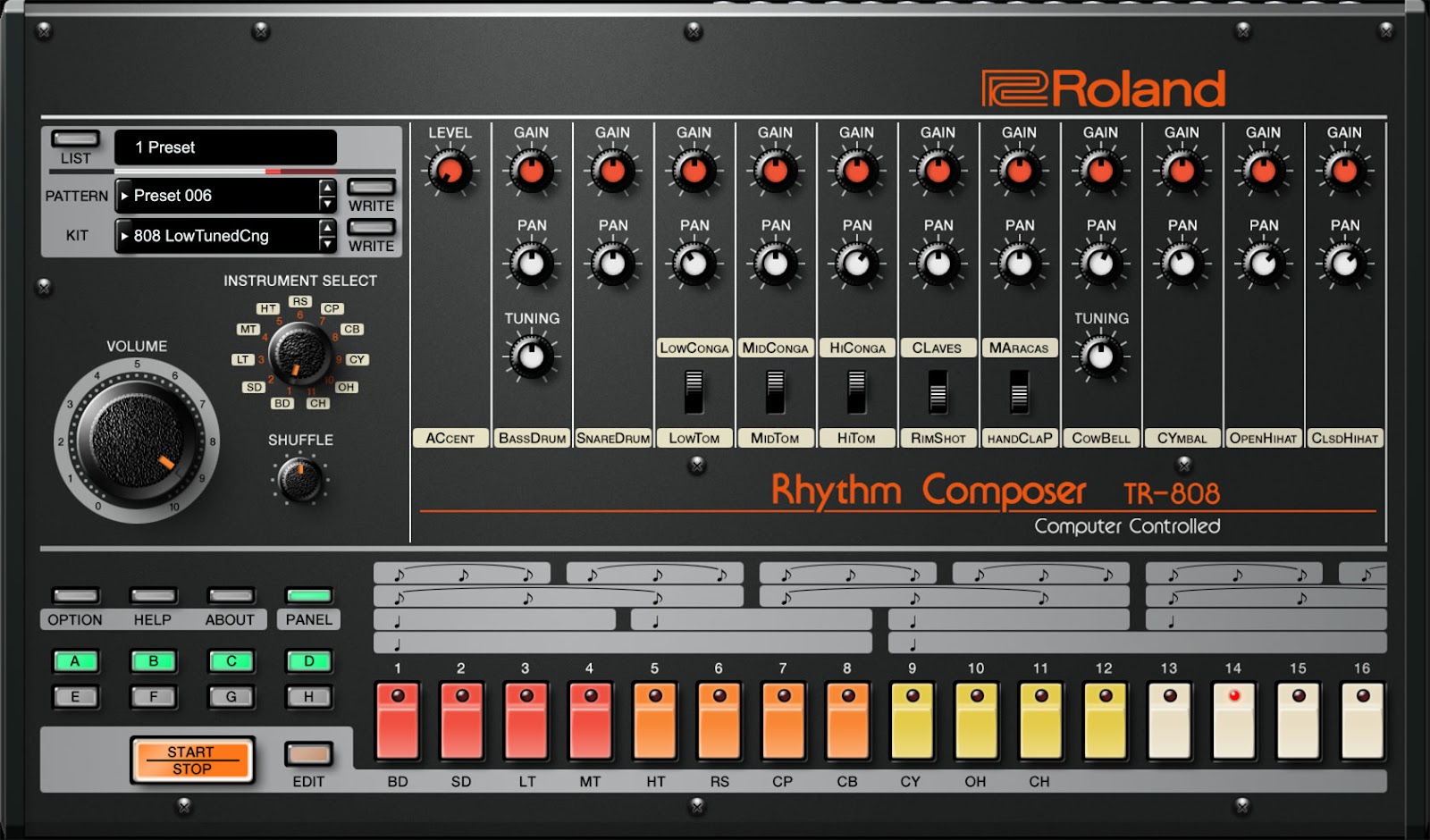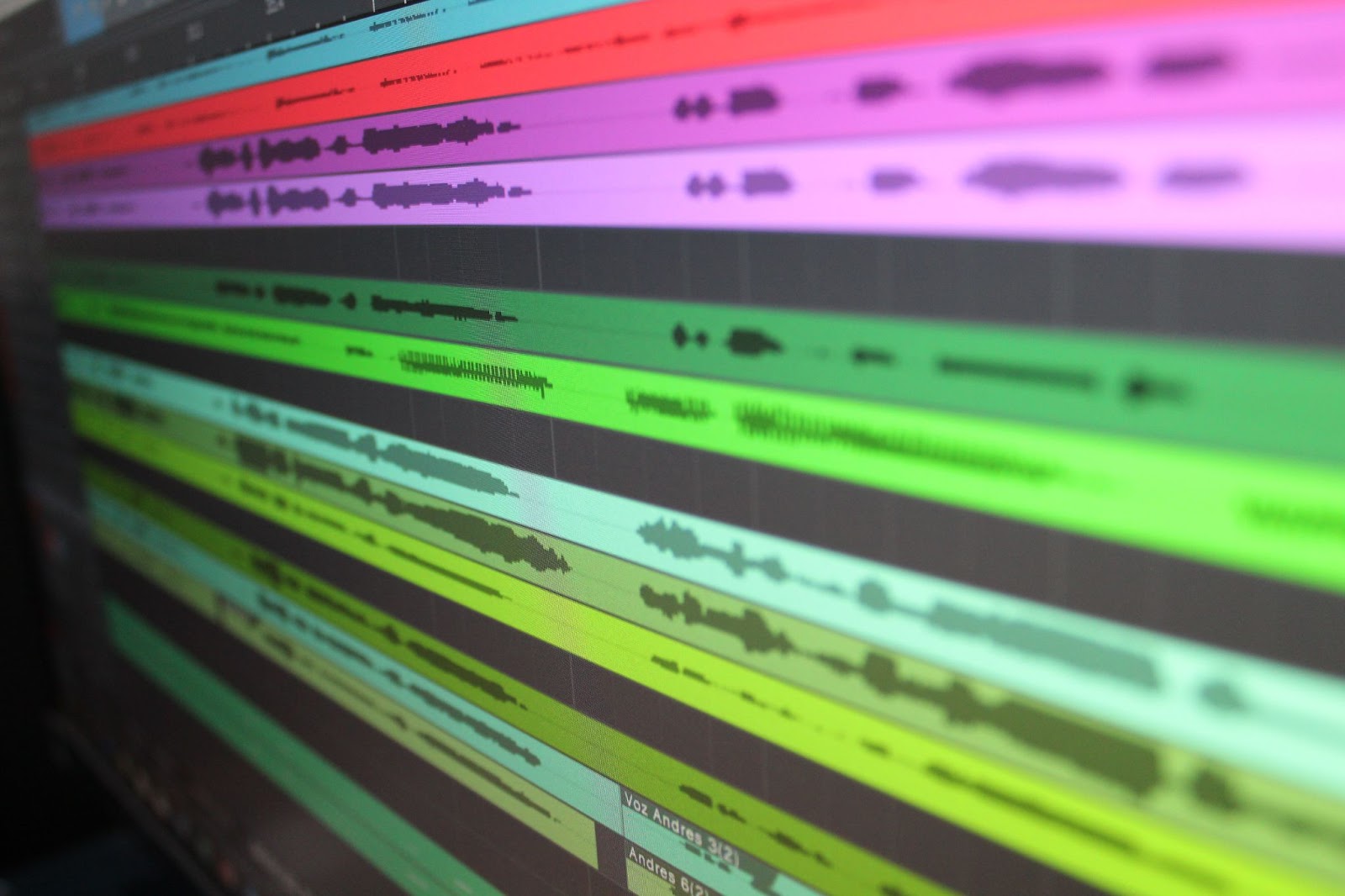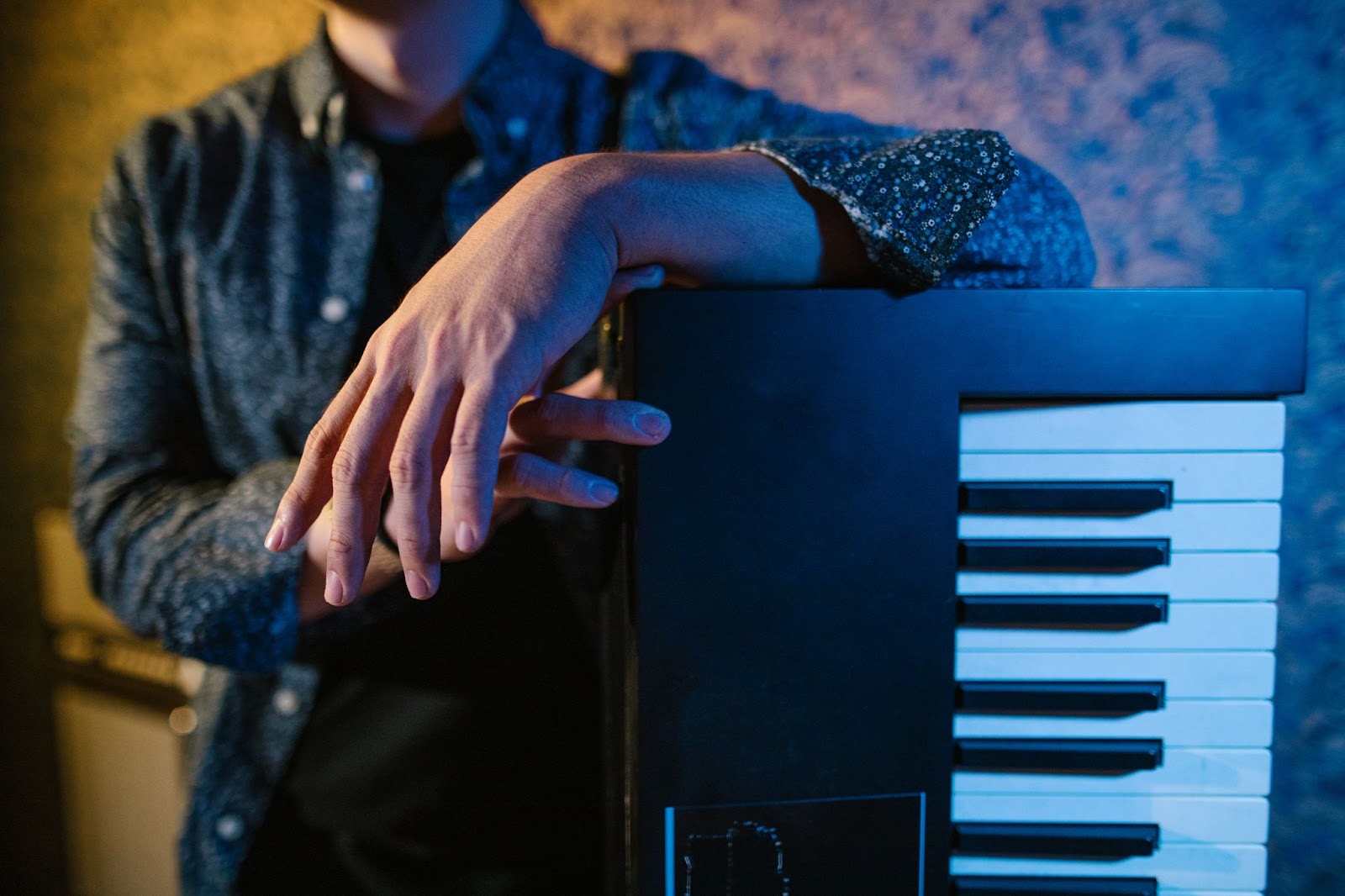The Evolution of Beatmaking:
From Hardware to Software

Beatmaking is an artistic form of music production that has evolved significantly over time. From the early days of drum machines to the present-day digital era of software-based beatmaking, the process of creating beats has transformed in a multitude of ways. The art form has expanded beyond just being limited to musicians or producers with music degrees and extensive music theory knowledge. Nowadays anyone with a computer and access to beatmaking software can create beats. Technology has really democratized the music making landscape.
The goal of this blog post is to explore the evolution of beatmaking equipment, specifically looking at the shift from hardware to software-based equipment. We will examine the different stages in the history of beatmaking, the equipment used during those times, and how it led to the development of modern beatmaking. By the end of this post, you will have a clear understanding of the different types of equipment used for beatmaking, their advantages and disadvantages, and how they have contributed to the growth and accessibility of this art form.
Additionally, this post will provide insight into the future of beatmaking equipment and how it will continue to transform the music industry. You should come away from this article with a deeper understanding of the equipment needed for beatmaking and the various advancements that have contributed to the ever-evolving world of beatmaking.
Hardware-Based Beatmaking
The early days of beatmaking were entirely hardware-based. Drum machines were the primary tools used for creating beats. These machines were standalone devices that had built-in sounds and patterns that could be manipulated to create unique beats.
The Roland TR-808 and the Roland TR-909 are two of the most popular drum machines of the time and are still used by many producers today. These machines revolutionized the industry and laid the foundation for the modern beatmaking process. The TR-808 and the TR-909 were popular because they allowed producers to program complex rhythms and create unique sounds using the various controls and settings.
As technology progressed, so did the hardware used for beatmaking. The introduction of samplers allowed producers to sample and manipulate sounds from other recordings, giving them more creative freedom. The Akai MPC was one of the most popular samplers of the time and is still used by many producers today. The MPC allowed producers to record and manipulate samples directly on the hardware, making it a popular choice for hip-hop and electronic music producers.
Hardware-based beatmaking has several advantages, including the tactile feel of the instruments and the ability to create unique sounds using analog hardware. The hardware also has a unique character and tone that cannot be replicated with digital software.
However, there are also several disadvantages to hardware-based beatmaking. The equipment can be expensive and takes up a significant amount of space in a studio. Additionally, hardware-based beatmaking can be limiting because the sounds and patterns are pre-programmed into the machines, leaving little room for customization.
Overall, the hardware-based approach to beatmaking laid the groundwork for the modern beatmaking process, and many producers still use hardware-based equipment today. However, as technology has progressed, the shift towards software-based beatmaking has become significantly more prevalent, as it offers more versatility and flexibility in the creative process.

Software-Based Beatmaking
Software-based beatmaking has revolutionized the music industry and has become increasingly popular in recent years. The development of digital audio workstations (DAWs) and plugins has made it possible to create high-quality beats using only a computer and software.
One of the most popular software programs for beatmaking is Ableton Live. Ableton Live is a DAW that allows producers to create beats, record and manipulate samples, and mix and master their tracks. Other popular software programs for beatmaking include FL Studio, Logic Pro X, and Pro Tools.
Software-based beatmaking has several advantages over hardware-based beatmaking. Firstly, the software is much more affordable and accessible, as most DAWs and plugins are available for purchase online. Additionally, software-based beatmaking allows for greater flexibility and customization, as producers can manipulate every aspect of their beats using software plugins. This means that producers can create unique sounds and effects that are not possible with hardware-based beatmaking.
Another advantage of software-based beatmaking is the ease of collaboration. Producers can easily share their projects with other producers or artists online, making it easier to work on projects together even if they are in different locations. This has made it possible for producers to collaborate with artists from all over the world, leading to more diverse and unique music.
Despite the many advantages of software-based beatmaking, there are also some disadvantages to consider. The main disadvantage is that the lack of tactile feel can make it more difficult to create a hands-on, organic sound. Some producers argue that hardware-based equipment provides a more intuitive and natural creative process, and software-based beatmaking can feel more sterile and technical.

The Future of Beatmaking
The future of beatmaking is an exciting prospect, as new technologies continue to emerge that promise to change the way we create and produce music. One area that has already seen significant advancement is artificial intelligence (AI) and machine learning.
AI and machine learning have the potential to revolutionize the way we create music, as they can analyze vast amounts of data and generate new sounds and patterns based on that analysis. This technology can help producers and artists find new and innovative ways to create beats and sounds that are entirely unique.
One of the first software plugins to harness the power of AI is Pilot Plugins by Mixed In Key. Pilot Plugins generates nearly endless melodies, bass lines and arpeggios with the help of advanced AI. Compositions that producers create using Pilot can be easily transferred into their DAW of choice for maximum customization options.
Another area that may see significant advancement in the future is virtual reality (VR) and augmented reality (AR). VR and AR technology can provide a more immersive and interactive experience for producers and artists, allowing them to create and manipulate sounds and patterns in a more intuitive and natural way.
Finally, we may see more hybrid approaches to beatmaking that combine the best of both hardware-based and software-based equipment. For example, some new hardware-based equipment now includes built-in software capabilities, allowing for greater flexibility and customization.

Conclusion
Beatmaking has undergone a significant transformation from the early days of hardware-based equipment to the modern era of software-based beatmaking. The advancements in technology have made it possible for anyone with a computer and access to beatmaking software to create high-quality beats.
The hardware-based equipment laid the foundation for the modern beatmaking process and still has a place in the industry. On the other hand, software-based beatmaking provides greater flexibility and customization, making it easier to create unique sounds and collaborate with other producers and artists.
It is worth noting that the evolution of beatmaking is not over, and it is likely that new advancements will continue to emerge. As technology continues to progress, we may see even more innovative ways to create beats that push the boundaries of what we thought was possible.
Overall, beatmaking is an ever-evolving art form, and it is exciting to see where it will go next. Whether you prefer hardware-based equipment or software-based beatmaking, the most important thing is to experiment and find what works best for you. With the right equipment and a creative mindset, anyone can create beats that move people and leave a lasting impact on the music industry.